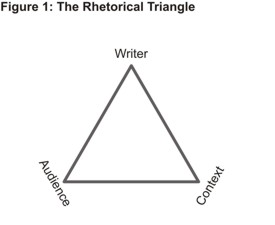Those of you who are having a hard time with the AP prompts - think about the following things.
Question 1 - synthesis essay is an argument essay. You need to take a position and back up that position with at least three articles that are given to you. Beyond this you should - connect to other other sources and the world. Make sure you analysis the sources in relation to your thesis. Don't just summarizes them.
Question 2 - Analytical Essay. You are analyzing a passage here. Think precis. Make sure you find the authors thesis and purpose. Then show how the author creates this in the passage. Review precis if needed.
Question 3 - Argument essay. Make sure you create an argument here and back it up with specific examples.
You don't necessarily need a hook, but you do need a thesis.
